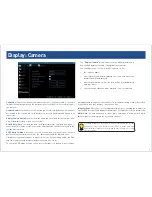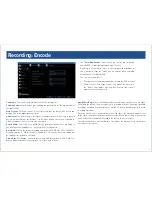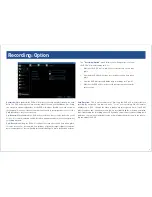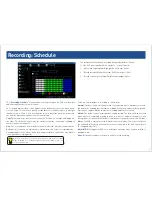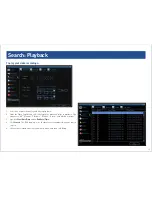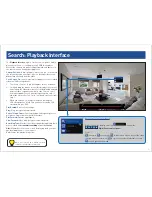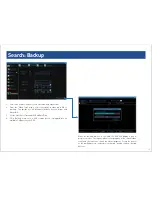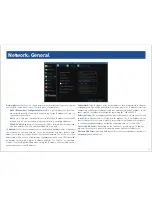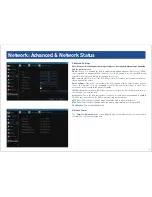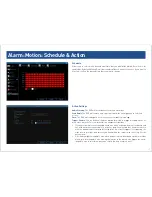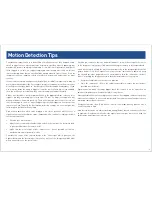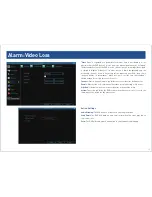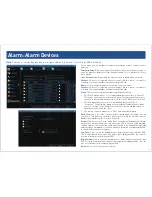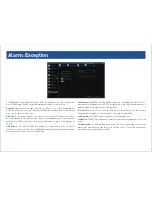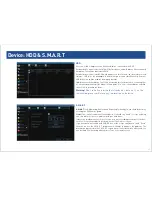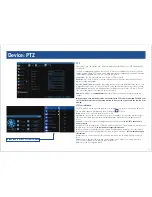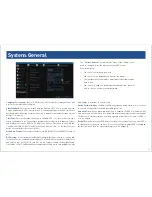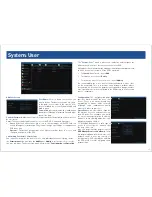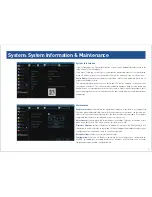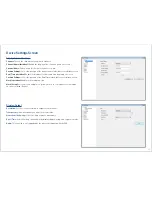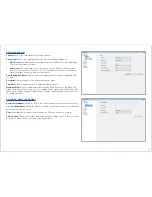
15
15
Network: Advanced & Network Status
Advanced Settings
Note: Many of the following networking settings are not required when using SwannLink
P2P for remote access.
DDNS:
The place to configure the DVR to automatically update a dynamic DNS service. DDNS
is not required for SwannLink P2P remote access. If you intend to access your DVR using
older IP technology you will need to configure this service.
NTP:
Network Time Protocol. If the DVR connected to the Internet, it will automatically sync
time with an online server.
Email Settings:
Where you can configure the DVR to work with an email account of your
choice. This must be correctly configured for the DVR’s auto-email feature to work. This
section has been covered in the quick start guide.
IP Filter:
An advanced feature that allows you to exercise precise control over which devices
can communicate with the DVR.
Server Port:
This is the port that the device will use to send information through. Enabling
UPnP on your router allows the DVR to communicate via the Internet.
HTTP Port:
This is the port through which you will be able to log in to the device.
RTSP Port:
This is the port through which the mobile app communicates with the DVR.
UPnP Enable:
This is enabled by default.
Network Status
The
“Network: Network Status”
screen displays a quick summary of your current network
settings. You can’t alter anything here.





